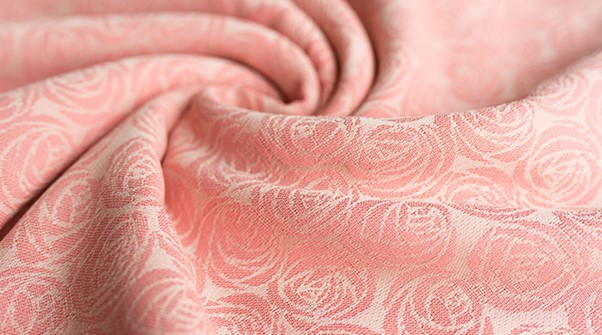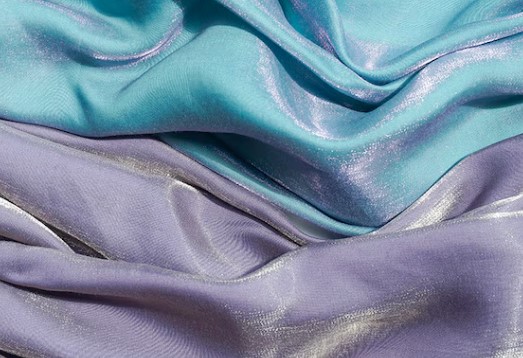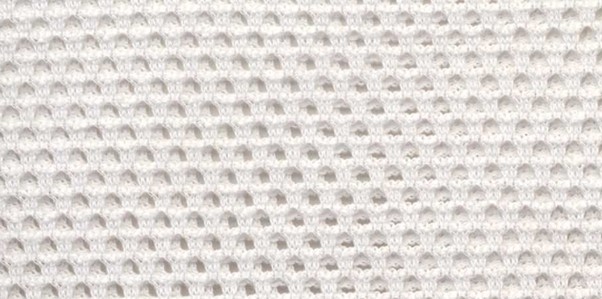A Discourse on the Merits and Demerits of Common Fabrics – Ⅰ
Published On: April 24, 2024 By: chen hui

Aung Crown, your trusted hat maker of bespoke headwear, embarks on a sartorial odyssey to illuminate the merits and drawbacks of commonly encountered fabrics. This enlightening exploration unfolds across three informative missives. Through the first blog, you shall acquire a keen understanding of textile properties, empowering you to make discerning selections when acquiring not only headwear, but also attire, footwear, handwear, and a plethora of other accouterments.
Prepare yourselves to delve into the fascinating realm of textiles in the forthcoming installment.

Cotton
1. Pure cotton
Composed entirely of cotton fibers, this textile graces an array of garments, from fashionable ensembles to casual attire, undergarments, and shirts.
Advantages:
- Utmost Comfort: Its touch is exquisitely soft, fostering a sensation of luxurious warmth.
- Superior Breathability: The fabric excels at wicking away moisture, ensuring exceptional comfort.
- Heat Resilience: It offers remarkable resistance to heat, making it ideal for warmer climates.
- Durability: Cotton boasts a natural resistance to alkalis, contributing to its longevity.
- Cleanliness and Hygiene: The inherent properties of cotton promote cleanliness and hygiene.
Disadvantages:
- Prone to Shrinking: Cotton garments may exhibit shrinkage, requiring attentive care.
- Informal Appearance: The inherent drape of cotton may lend a less structured silhouette.
- Wrinkling: Ironing may be necessary to maintain a crisp appearance.
2. Polyester cotton
Compared to pure cotton, polyester cotton is a blend between cotton and polyester.
Advantages:
- Tactile Comfort: The inclusion of cotton lends a pleasingly soft touch.
- Reduced Pilling: Compared to pure cotton, this blend exhibits improved resistance to pilling.
Disadvantages:
- Compromised Breathability: The presence of polyester can hinder moisture-wicking capabilities.
- Potential for Pilling: Pilling may still occur while improved over weave cotton.

3. Ice cotton
Distinct from other summer fabrics, ice cotton boasts a unique construction. A cool, smooth layer is applied to a cotton base, often presented in monochromatic tones like white, army green, light pink, or light brown. This innovative material finds favor in the creation of flowing women’s dresses, cropped pants, and airy shirts.
Advantages:
- A Tactile Oasis: The surface offers a luxuriously smooth and cool sensation against the skin.
- Substantial and Opaque: The fabric possesses a reassuring thickness, eliminating concerns about transparency.
- Unwavering Comfort: Ice cotton delivers a delightful coolness and unmatched softness.
- Shrink-Resistant: Garments crafted from this material exhibit minimal shrinkage, retaining their shape beautifully.
Disadvantages:
- Susceptible to Insects: Ice cotton shares cotton’s vulnerability to moth damage.
- Prone to Mildew Growth: In humid environments, mildew can develop, potentially marring the fabric’s appearance. To safeguard its beauty, meticulous daily care is essential.
4. Combed cotton
Combed cotton elevates the essence of pure cotton through a refined weaving process. This meticulous treatment results in a superior material.
Advantages:
- Exceptional Pill Resistance: The meticulous combing process significantly reduces the propensity for pilling, ensuring a smooth and polished appearance.
Disadvantages:
- Colorfastness: Darker-hued combed cotton garments may exhibit slight fading after washing.
- Price Point: The additional processing steps elevate the cost compared to standard cotton.
5. Washed cotton
Crafted from cotton, premium washed cotton boasts a unique surface characterized by a subtle, luxurious softness.
Advantages:
- Indulgent Tactility: The fabric caresses the skin with a delightful smoothness.
- Low-Maintenance Elegance: Garments crafted from this material require minimal ironing, facilitating effortless style.
- Colorfast: Washed cotton exhibits exceptional resistance to fading, ensuring lasting vibrancy.
Disadvantages:
- Potential for Weakening Fibers: Over extended periods, the threads may tend to weaken.
- Gradual Fading: With extended use, the color may show subtle signs of fading.
6. LYCRA
LYCRA is a revolutionary synthetic elastane fiber created exclusively by DuPont. This remarkable material, when added to cotton, imbues the fabric with unparalleled stretch capabilities. Imagine – garments that can expand four to seven times their original size and then effortlessly return to their pristine form! LYCRA can be employed solo or seamlessly blended with other natural or synthetic fibers, bestowing upon all textiles the gift of exceptional elasticity.
Advantages:
- Unmatched Comfort and Fit: LYCRA garments conform to the body’s contours, delivering a sensation of luxurious comfort and a flattering fit.
- Wrinkle Resistance: This remarkable fiber boasts an exceptional ability to recover from wrinkles, minimizing the need for ironing.
- Shape Retention: LYCRA garments resist deformation, ensuring their form remains impeccably preserved.
Disadvantages:
- Environmental Impact: The inclusion of synthetic fibers raises concerns about potential environmental impact.
- Breathability: While comfortable, LYCRA blends may exhibit reduced breathability compared to wholly natural fabrics.

7. Mercerized cotton
Mercerized cotton transcends the realm of ordinary cotton, representing the pinnacle of craftsmanship. This exquisite material undergoes a special treatment that elevates its properties to unparalleled heights.
Advantages:
- Unequivocally Soft: Mercerized cotton caresses the skin with a luxuriously soft and inviting touch.
- Enhanced Breathability and Moisture Management: The treatment bolsters breathability and moisture-wicking capabilities, ensuring exceptional comfort.
- Luminous Brilliance: Mercerized cotton boasts a captivating sheen and the ability to retain vibrant colors exceptionally well.
- Superior Dye Retention: Dyes adhere more tenaciously to mercerized cotton, resulting in long-lasting color fidelity.
Disadvantages:
- Susceptibility to Snagging: The refined fibers may be more prone to snagging on rough surfaces.

8. Mesh cotton
Mesh cotton, constructed from pure cotton woven in a unique open format, offers a distinct set of advantages.
Advantages:
- Exceptional Breathability: The mesh weave promotes exceptional airflow, keeping you cool and comfortable.
- Shape Retention: The construction of mesh cotton contributes to its ability to resist deformation.
Disadvantages:
- Prone to Pilling: Due to the open weave, the surface may tend to develop pilling over time.

Linen
1. Linen (100%)
Composed entirely of flax fibers, linen graces an array of garments, from relaxed casual attire to workwear and elegant womenswear. This natural material reigns supreme in the realm of summer clothing.
Advantages:
Superior Moisture-Wicking: Linen excels at wicking away moisture, ensuring exceptional comfort in warmer temperatures.
Durable and Resilient: Its inherent alkali and heat resistance make it a remarkably durable fabric.
Unparalleled Breathability: The open weave of linen fosters exceptional airflow, keeping you cool and comfortable.
Crisp Drape: Linen garments drape beautifully, creating a crisp and polished aesthetic.
Disadvantage:
Tactile Variance: Compared to cotton, linen may initially feel slightly less soft to the touch.
Textural Nuance: The natural fibers possess a characteristic texture that some may perceive as slightly coarse.
2. Cotton and linen blend
This ubiquitous blend typically combines linen and cotton in ratios ranging from 55% linen and 45% cotton to a balanced half-and-half composition.
Advantages:
- Textural Harmony: The cotton component tempers the initial coarseness of linen, resulting in a fabric that feels pleasantly soft to the touch.
- Reduced Pilling: The blend exhibits improved resistance to pilling compared to pure linen.
- Summer-Perfect: The breathable nature of both fibers makes this blend ideal for warmer climates.
Disadvantages:
- Limited Drape: Depending on the weave, the finer varieties may lack the crisp drape of pure linen.
- Shape Retention: The blend may not offer the same level of shape retention as some other fabrics like cashmere or wool-polyester blends.
- Reduced Stretch: The rigidity associated with linen may be slightly more pronounced than in fabrics with inherent stretch.
Today, the share ends here, and we still have two blogs about the merits and demerits of common fabrics. If you are interested, please save our blog site to your bookmark. See you next time.
